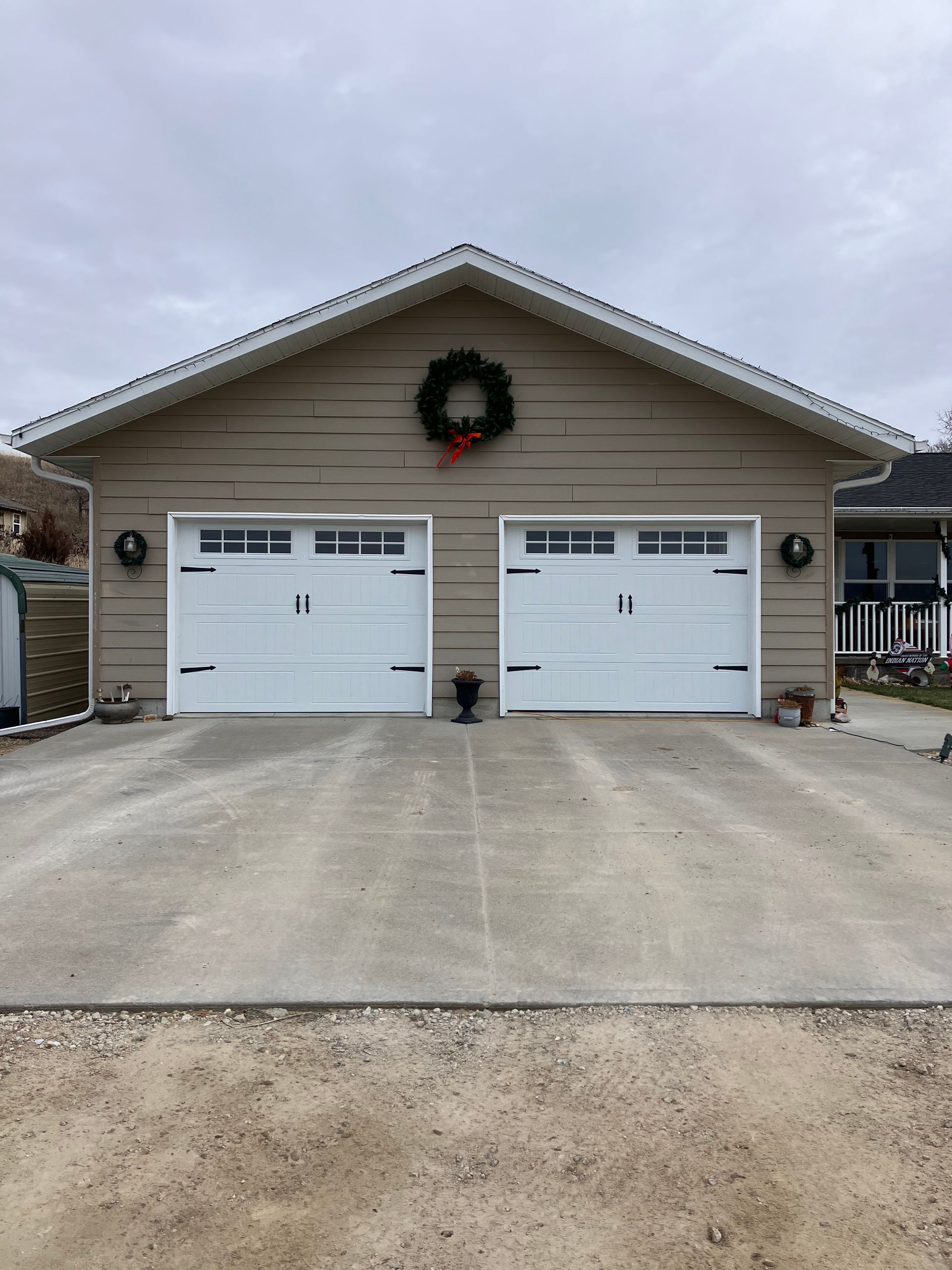Your overhead door does more than just provide entry and exit; it enhances security, keeps energy costs down, and adds value. But like any complex equipment, it needs care. Ignoring subtle issues can lead to expensive fixes—or worse, a door that stops working entirely. Let’s explore the top 5 signs your overhead door might need repair and why acting quickly is key.
Strange Sounds from Your Garage Door
Does your overhead door creak, rattle, or screech? These sounds are not just irritating—they’re a cry for help. Unusual noises can indicate issues with the door’s springs, tracks, or motor. Left unchecked, these small problems can escalate into serious breakdowns.
Your Door Hesitates?
If your overhead door is slow to open or close, it might be due to aging parts or problems with the system. A door that hesitates could be dangerous, especially if it malfunctions while in use. Timely intervention can get it back to working efficiently.
3. Sagging Sections
Have you noticed misaligned or sagging sections in your overhead door? This is often a sign of structural weakness or problems with the springs. Beyond being unattractive, sagging can make your garage less secure and insulation capabilities.
Energy Inefficiency: A Hidden Cost
A poorly fitted or insulated overhead door can cause drafts, making your HVAC system work harder. If you’ve noticed your energy bills rising unexpectedly, your garage door could be the culprit. Fixing your door can help lower costs in the long run.
When Cosmetic Issues Become Functional Problems
Dents, splits, or rust are clear indicators that your overhead door has been through a lot. While some damage might seem cosmetic, it can weaken the door’s integrity and make it more prone to failure. Addressing these issues promptly is essential for secure operation and performance.
